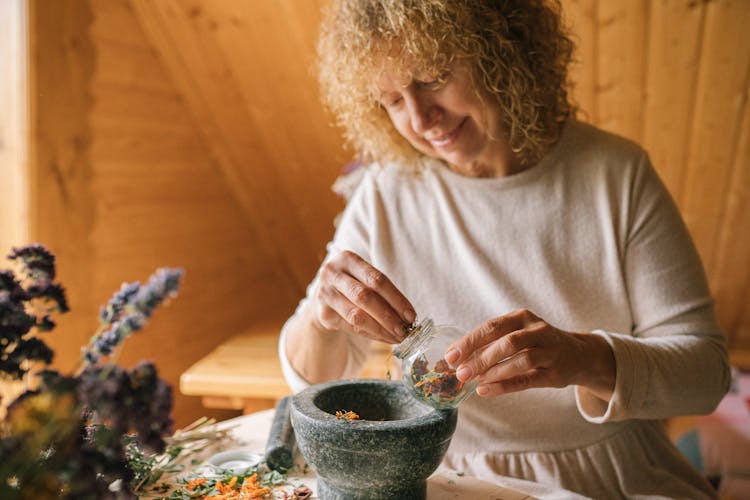All Categories
Featured
Table of Contents
🌱 TLDR Summary:
- 🌼 Urban gardens enhance community life by providing green spaces.
- 🥕 Resources like GrowNYC and NYC Parks help locate community gardens.
- 🌍 Participating can improve access to fresh produce and foster community engagement.
Urban gardening presents a unique opportunity to transform urban spaces into vibrant ecosystems that not only support local food production but also enhance community interactions. In New York City, finding a community garden has never been easier thanks to the combined efforts of organizations like GrowNYC and NYC Parks. These gardens, totaling over 550 in number, serve as green sanctuaries for relaxation, engagement, and educational activities. In the hustle and bustle of city life, these pockets of nature create a stark contrast to the concrete jungle.
The proliferation of community gardens symbolizes the growing movement towards urban agriculture, where individuals and communities take responsibility for their food sources. By cultivating these communal spaces, residents of New York City can collectively work towards sustainability, access fresh produce, and even improve their overall mental health. Community gardens are more than just plots of soil; they are places for shared learning and nurturing greenery.
To find a community garden near you, you can start by exploring resources like GreenThumb or the community gardening listings provided by GrowNYC. These platforms offer comprehensive maps and descriptions of gardens across NYC. Even if you encounter a situation where all plots appear to be occupied, many gardens maintain waiting lists, giving you an opportunity to join the burgeoning community of urban gardeners. Community Greening Resources may also provide additional insights and links that will help you discover local gardening spots.
Urban Harvest: Connecting with Local Community Gardens
The rise of community gardens can be attributed to a demand for accessible green spaces and the necessity for locally sourced food. These gardens not only provide fresh herbs and vegetables, but they also alleviate food deserts in various neighborhoods across the city. Accessing your local community garden can significantly improve your food security, allowing you to grow your own produce. For avid gardeners looking for the perfect plot, community gardens can serve as an ideal platform to learn and implement sustainable gardening practices.
A notable resource is the NYC Food Policy which can connect you with urban agriculture organizations actively advocating for better urban food systems. Workshops, volunteer opportunities, and fundraising activities are often organized by these communities, fostering a spirit of cooperation and collective growth. Understanding the best practices in urban gardening enhances your gardening experience and your ability to contribute positively to local sustainability efforts.
If you are interested in diving deeper into community gardening, you can explore raised garden beds or outdoor planter boxes to get started at home or in your backyard. Investing in quality gardening tools and materials can make a substantial difference in maximizing yield and enjoying the process.
Creating Sustainable Communities: Join a Garden Today
Joining a community garden is a fulfilling way to meet like-minded individuals passionate about sustainability and gardening. Contacting NYC Parks GreenThumb will provide you with information on rental plots and upcoming events. Here, you can meet members already involved in the gardening community, share experiences, and learn valuable gardening techniques. Many gardens organize seasonal workshops that cover everything from composting to pest control, effectively arming you with the knowledge needed to thrive.
Furthermore, community gardens have proven to be instrumental in bridging cultural gaps and uniting diverse populations. In such settings, participants often share traditional gardening techniques, recipes, and agricultural ethics. The community bonds formed in these gardens can lead to long-term friendships and networks, thereby strengthening community ties.
To enhance your gardening journey, consider exploring online platforms that provide valuable gardening tips and resources for new gardeners. Whether you need advice on urban plants or tools to maintain your garden like galvanized raised beds, there's a wealth of information available. The right tools, such as elevated planter boxes, can make gardening a more accessible and enjoyable experience, especially in urban settings where space may be limited.
From Concrete to Crops: Turning City Lots into Urban Farms
Gardening in small spaces requires creativity and innovation. Vertical gardening and container gardening are excellent methods for maximizing limited areas while still enjoying a fruitful harvest. With the right selections of plants, you can turn virtually any space into a green retreat. Species such as herbs, leafy greens, and even small fruits can thrive in smaller containers, allowing gardeners to enjoy the fruits of their labor without needing large plots of land. Resources such as community gardening societies can introduce you to which plants flourish best in your local climate.
In essence, urban gardening is not just about the produce grown but about enhancing the well-being of urban residents. Through community gardens, individuals engage with nature, promote biodiversity, and contribute to local climate resilience by decreasing urban heat. These gardens act as carbon sinks, absorbing significant amounts of CO2, thus further justifying the rise in their popularity.
What are the steps to find a community garden in NYC?
How can I get involved in an urban gardening project?
Community gardens are a beautiful manifestation of cooperation, education, and sustainability. By embracing the opportunities they provide, you can contribute to a greener, healthier urban environment. Through these communal spaces, New Yorkers can sow the seeds of friendship, foster ecological awareness, and cultivate delicious organic vegetables that benefit everyone.
🌟 Key Takeaways:- 🌿 Community gardens promote sustainability and improve food security.
- 🌻 Accessible resources make finding a garden easier than ever.
- 🤝 Joining a community fosters personal growth and community bonds.

Access important details here
Latest Posts
Discover Your Urban Oasis: A Guide to Community Gardens
Experience the USA's Beauty: Top Scenic Train Rides
From Concrete to Garden Your Guide to Apartment Planting